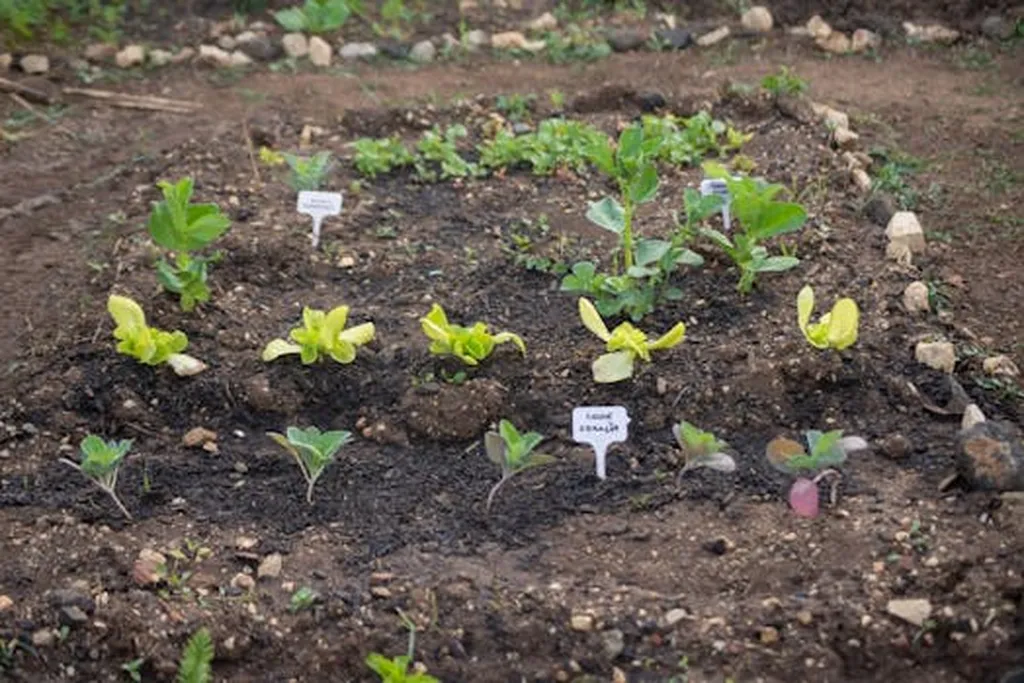In the rapidly evolving world of agricultural technology, a groundbreaking study published in *Jisuanji gongcheng* has introduced a novel segmentation algorithm that promises to revolutionize the way we manage greenhouse crops. The research, led by Kai Wang and his team from Jiangsu University and the Beijing Academy of Agriculture and Forestry Sciences, focuses on the segmentation and identification of cabbage seedlings in plug trays, addressing a critical challenge in modern greenhouse farming.
The study introduces the YOLACT-RFX model, a sophisticated algorithm designed to overcome the complexities of dense planting and background interference in greenhouse environments. “Our goal was to develop a system that could accurately segment and identify cabbage seedlings, even when they are densely packed and overlapping,” explains lead author Kai Wang. The team achieved this by integrating the Recursive Feature Pyramid (RFP) structure to enhance feature extraction at the leaf edges and the Atrous Spatial Pyramid Pooling (ASPP) structure to capture features with rapid changes in size and shape. The ResNeXt backbone network was also fused into the model to improve accuracy and accelerate convergence.
The results are impressive. When tested on a field-collected dataset, the YOLACT-RFX algorithm achieved an average mean precision of 84.4% and an average recall rate of 92.2% at an IoU ratio of 0.5. Compared to the original YOLACT algorithm, the YOLACT-RFX method showed a 3.6% increase in precision and a 3.9% increase in recall rate. Moreover, it outperformed other state-of-the-art algorithms like MASK-RCNN, SOLO, and QueryInst under the same conditions.
The implications for the agriculture sector are significant. Accurate segmentation and identification of seedlings can lead to more efficient and automated management practices in greenhouses. This technology can help farmers monitor seedling growth more precisely, optimize resource allocation, and ultimately increase crop yields. “This research lays the foundation for automatic cabbage seedling management in greenhouses,” says Wang, highlighting the potential for widespread adoption and commercial impact.
The study, published in *Jisuanji gongcheng*, represents a significant step forward in agricultural informatization. As the field continues to evolve, the YOLACT-RFX model could pave the way for more advanced and automated farming techniques, shaping the future of greenhouse crop management. With the backing of institutions like the National Engineering Research Center for Information Technology in Agriculture and the Key Laboratory of Digital Village Technology, this research is poised to make a lasting impact on the agriculture industry.

